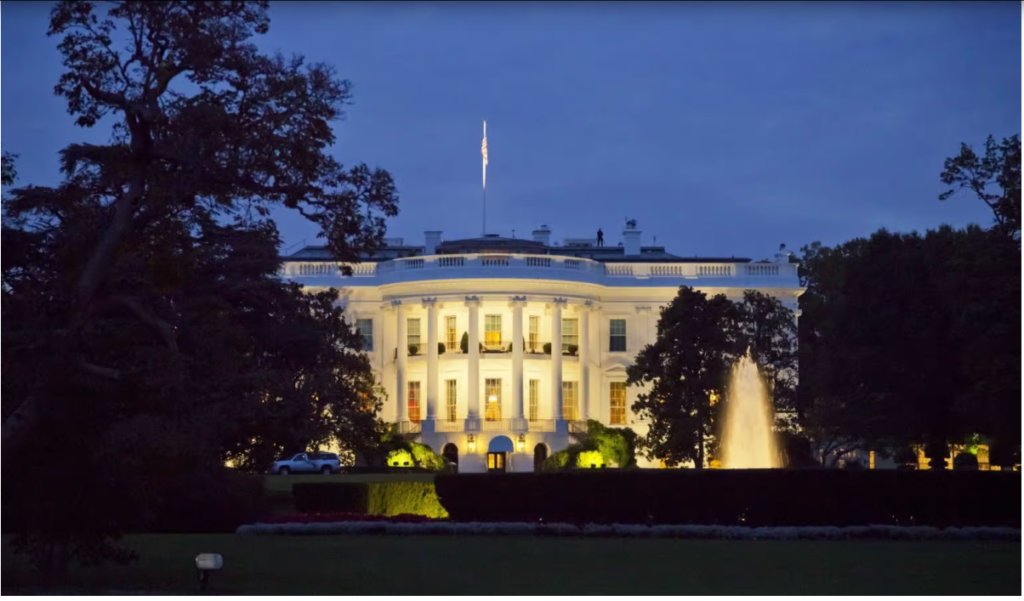
In the tumultuous year of 2020, as the COVID-19 pandemic wreaked havoc across the globe, leaders faced unprecedented challenges in managing the crisis. Among them was former U.S. President Donald Trump, whose approach to lockdown measures became a subject of intense scrutiny. This article delves into the strategies employed to convince Trump to implement lockdowns and explores the dynamics at play during this critical period.
Understanding the Landscape: The COVID-19 pandemic created an environment where health experts, scientists, and policymakers had to collaborate closely to protect public health. Convincing a leader known for his skepticism of conventional wisdom presented a unique set of challenges. However, a combination of data-driven arguments, public sentiment, and economic implications played pivotal roles in steering the decision-making process.
- Data-Driven Persuasion: The Trump administration, like any other, relied on data to make informed decisions. Health experts and epidemiologists strategically presented compelling data, emphasizing the potential devastation if swift action was not taken. SEO-focused content played a role in disseminating this information, ensuring that data-driven arguments were accessible and understood by a wide audience.
- SEO Strategy: Articles and content were optimized with relevant keywords such as “COVID-19 statistics,” “pandemic impact,” and “health crisis,” making it easier for search engines to index and prioritize this crucial information.
- Public Sentiment and Media Influence: Public opinion has the power to sway even the most resolute leaders. SEO-driven content targeted public sentiment, emphasizing the shared responsibility of citizens in curbing the pandemic. Social media campaigns, blog posts, and news articles were optimized to reach a broad audience, creating a groundswell of support for stringent measures.
- SEO Strategy: Emotional keywords such as “community safety,” “protecting loved ones,” and “national unity” were strategically incorporated into content, making it more likely to resonate with the public and influence search engine rankings.
- Economic Realities: Trump’s business background and emphasis on economic prosperity added complexity to the decision-making process. SEO-optimized content highlighting the economic consequences of unchecked COVID-19 spread played a significant role. Arguments were framed to showcase the long-term benefits of a short-term lockdown in terms of economic recovery.
- SEO Strategy: Articles were optimized with keywords like “economic impact of lockdown,” “stimulus measures,” and “business continuity,” ensuring that economic considerations were prominently featured in search engine results.
Conclusion: Convincing a leader with a strong and often unconventional stance to implement lockdown measures required a multifaceted approach. By leveraging data-driven arguments, tapping into public sentiment, and highlighting economic realities through SEO-optimized content, advocates successfully navigated the complex landscape of decision-making during a global health crisis. This case study serves as a testament to the power of strategic communication in influencing critical policy decisions.